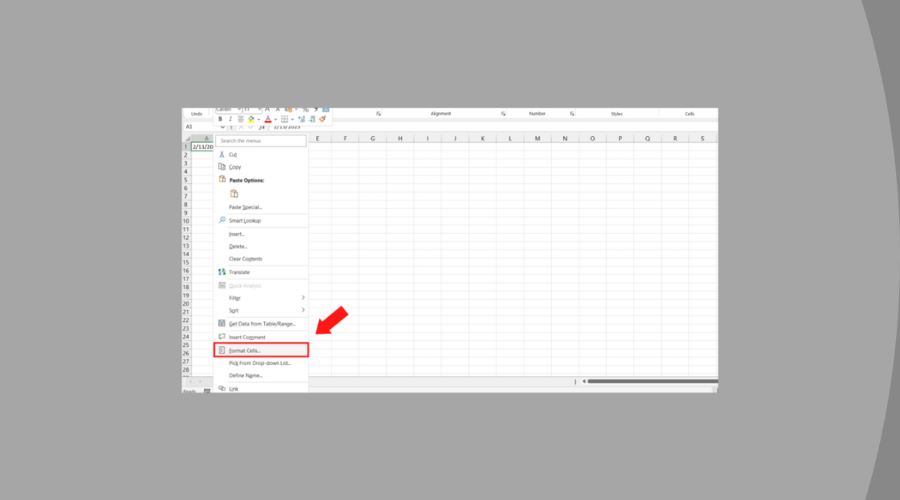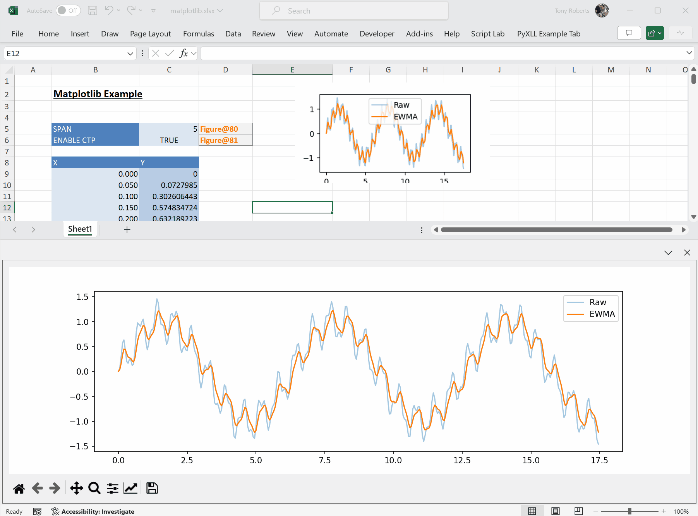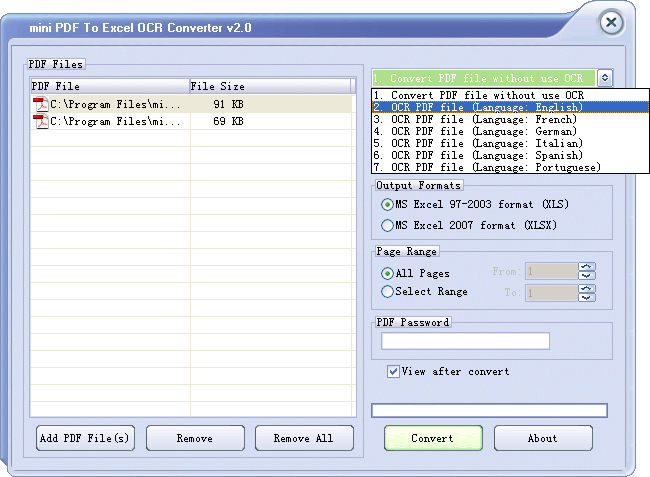Extract Excel Data Effortlessly with Python

Excel remains a prevalent tool for data storage and analysis in various sectors like finance, education, and research. However, extracting data from these files can often be cumbersome, especially when dealing with large datasets or needing automated processes. Python, with its rich libraries, offers an elegant solution to manipulate Excel files efficiently. This post delves into using Python to extract data from Excel, highlighting tools like openpyxl, pandas, and providing step-by-step guidance to get you up and running with your data extraction needs.
Why Use Python for Excel Data Extraction?

- Automation: Python allows for the automation of repetitive tasks, reducing manual effort and potential errors.
- Integration: Python integrates seamlessly with many other technologies, facilitating complex workflows.
- Versatility: Libraries like openpyxl and pandas can handle various Excel formats and complexities.
Setting Up Your Environment

Before diving into the code, ensure you have Python installed. Here are the steps to set up your environment:
- Install Python from the official website if you haven't already.
- Install openpyxl and pandas using pip:
pip install openpyxl pandas
📚 Note: Ensure that you're using pip with admin privileges or the appropriate virtual environment to avoid permission issues.
Extracting Data with openpyxl

Loading an Excel Workbook

Here's how you can load an existing Excel workbook:
from openpyxl import load_workbook
# Load workbook
workbook = load_workbook(filename="your_excel_file.xlsx")
# Active worksheet
worksheet = workbook.active
Accessing Data

To extract data, you can iterate through the rows or columns:
for row in worksheet.iter_rows(min_row=2, max_row=worksheet.max_row, min_col=1, max_col=5):
for cell in row:
print(cell.value)
Data Extraction with Pandas

Pandas simplifies the process by allowing you to read Excel files directly into DataFrames:
Reading Excel Files

import pandas as pd
# Read Excel file into a DataFrame
df = pd.read_excel('your_excel_file.xlsx', sheet_name='Sheet1')
This function automatically detects the header row if present. If you want to specify the header, you can:
df = pd.read_excel('your_excel_file.xlsx', sheet_name='Sheet1', header=1)
Extracting Specific Data

Once your data is in a DataFrame, extracting specific columns or rows is straightforward:
# Get specific columns
columns_needed = df[['ColumnA', 'ColumnB']]
print(columns_needed)
# Filter rows based on a condition
filtered_data = df[df['ColumnA'] > 100]
print(filtered_data)
🔍 Note: pandas is particularly useful for data analysis and manipulation beyond just extracting data.
Advanced Techniques

Working with Multiple Sheets

If your Excel file has multiple sheets, here's how to work with them:
# Iterate through all sheets in the workbook
excel_dict = pd.read_excel('your_excel_file.xlsx', sheet_name=None)
for sheet_name, sheet_data in excel_dict.items():
print(f"Sheet name: {sheet_name}")
print(f"Sheet data:\n{sheet_data.head()}\n")
Data Validation and Cleansing

Often, the extracted data needs validation or cleaning:
- Handle Missing Values:
df['ColumnA'] = df['ColumnA'].fillna(value='Default Value') - Convert Data Types:
df['ColumnB'] = df['ColumnB'].astype('float')
⚠️ Note: Always validate and clean your data to ensure data integrity and meaningful analysis.
Final Thoughts

This post has outlined the basics and some advanced techniques for extracting data from Excel files using Python. From setting up your environment to writing the code for data extraction, you now have the tools to automate and enhance your data handling processes. Python's libraries offer unparalleled flexibility and power, making it an excellent choice for anyone dealing with Excel data regularly. By mastering these techniques, you can save time, reduce errors, and integrate Excel data into broader Python applications or workflows.
Can Python extract data from password-protected Excel files?

+
Yes, with libraries like openpyxl or msoffcrypto-tool, you can extract data from password-protected Excel files after providing the correct password.
What other Python libraries can handle Excel files?

+
Apart from openpyxl and pandas, xlrd, xlwt, and xlsxwriter are also popular for Excel manipulation.
How can I automate Excel data extraction?

+
You can schedule Python scripts to run at specific times using cron jobs, Windows Task Scheduler, or Python’s sched module.
Are there any limitations when using Python to manipulate Excel files?

+
Some complex Excel features like PivotTables or VBA macros might not be fully supported. Additionally, very large files can consume significant resources.